If you’re like most people, when you buy a new helmet it feels great. It fits well and has all of the features that you want. But how long will it last? How often should I replace my bike helmet?
The answer depends on many factors including your level of activity, where you live, what type of helmet is used for cycling, and the quality of materials in the helmet. Here are some tips to help determine when to replace your bike helmet!
Table of Contents
How often do you replace a bike helmet?
When is the best time to replace your bike helmet? This question can lead to different answers depending on who you ask. Some people will tell you that there are no hard and fast rules when it comes to how often a helmet should be replaced, while others will claim that helmets have an expiration date of five years. So what’s the truth?
As a general rule, you should replace your bike helmet every five years. If the helmet is involved in a crash or an accident then it must be replaced immediately. The EPS liner of the helmet will crush after being struck by something hard and sharp which could leave you with serious head injuries because there isn’t much protection to absorb the impact.
It is recommended to replace your bike helmet if it has been in a crash because the EPS liner can be compromised after even one blow which means there isn’t much difference between having an old or new helmet during future crashes. However, while you should replace your helmet after any accident it doesn’t mean that you should throw away your old one immediately. You can keep it in storage just in case, or use it for rough rides on the mountain bike trails when you don’t want to risk damaging your new helmet.

Bike helmets are designed to absorb impact and protect our head so they must meet safety standards during testing which is why you should only purchase a certified bicycle helmet from your local bike shop. It should have been tested and approved by the Consumer Product Safety Commission, Snell Memorial Foundation or another independent testing organization that has high standards for safety equipment including helmets.
Once you’ve found out when it’s best to replace your bike helmet, the next step is finding a good one. There are many brands and designs on the market so it can be confusing which ones will offer you protection while cycling or riding a motorcycle.
When choosing a new helmet look for high quality materials such as ABS hard shell plastic and polystyrene foam liners which are both durable and lightweight. You should also look for a design that will provide ventilation to prevent overheating when you’re cycling during the hot summer months, so take some time to do your research before making a purchase.
There is no hard and fast rule about how often you need to replace your bike helmet but it’s best to check the condition of your helmet every year for signs of wear and tear to be sure that it will protect you in an accident.
When Should You Replace a Bicycle Helmet?
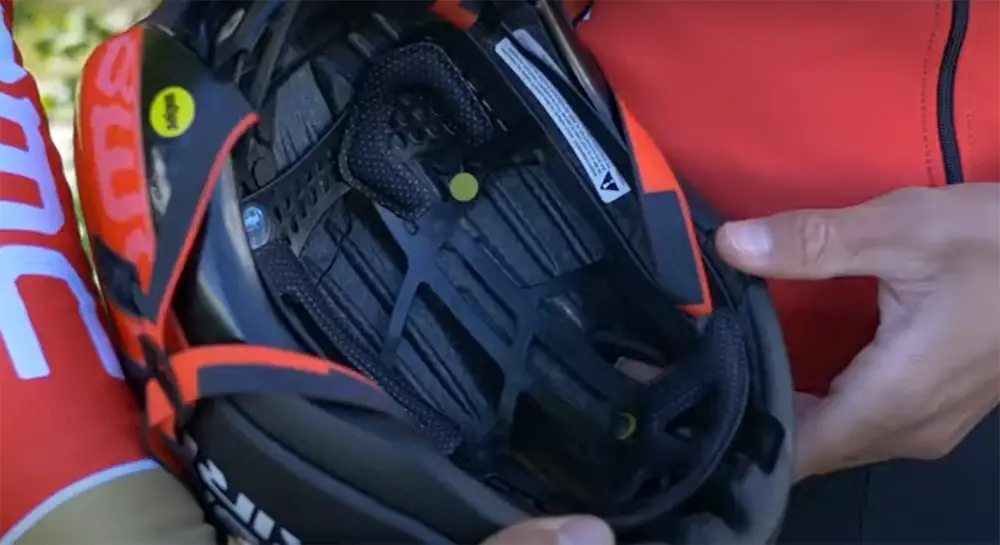
Bicycle helmets are designed to protect your head during one fall. After that impact, the helmet may become less effective and should be replaced. It is also important to know that bicycle helmets have a shelf life of about five years from their date of manufacture as the safety standards change frequently over time. In addition, if you’ve been in a serious accident with your bicycle helmet, it should be replaced immediately.
A bicycle helmet is worn on your head and should be replaced when any of the following occur:
- The outside shell has cracks, dents or other damage. It’s been in a crash (no matter how minor).
- Its inner foam lining is no longer able to absorb shock as it once did, regardless of visible damage.
- The straps have been cut, torn or worn through from use and cannot be replaced.
Lastly, it is recommended to replace your bicycle helmet every few years because the materials in the helmet start deteriorating over time, even if you do not crash while wearing it. This means that after about five years of normal wear and tear.
Visible Damage
The durability of your helmet will vary depending on the material it is made from. Manufacturers typically suggest replacing helmets every five years or after a significant impact .
You should also replace your helmet if you are in any way uncertain about its integrity, even if there doesn’t seem to be visible damage. A damaged bike helmet can still protect but it may not provide a rider with enough protection if they were to have an accident.

If you notice that your helmet is broken or damaged in any way, replace it immediately even if it hasn’t been involved in an accident. A simple fall from the seat of a bike can be all that’s needed to damage some parts such as the straps and face pads, which are critical to the helmet’s safety.
While it is difficult for riders themselves to carry out a comprehensive inspection of their helmets, if in doubt replace your helmet immediately after an accident. Even when you have purchased a new one, always remember that all bike helmets need regular maintenance and should be replaced every five years or after any impact.
A Damage to Helmet
The first thing to look at is your helmet. If it has taken any damage, then you should replace it immediately. Be aware of the signs of a damaged bike helmet: cracks in the foam or shell, dents on either side where the head would be pressed against hard surfaces and straps that are frayed or broken off completely. If you notice anything like this, it is time to replace your bike helmet.
Another sign would be if the age of your bike helmet has exceeded five years since its date of purchase – helmets only last for around five years before they need replacing due to degradation and wear-and-tear that can actually make them less effective at protecting you.
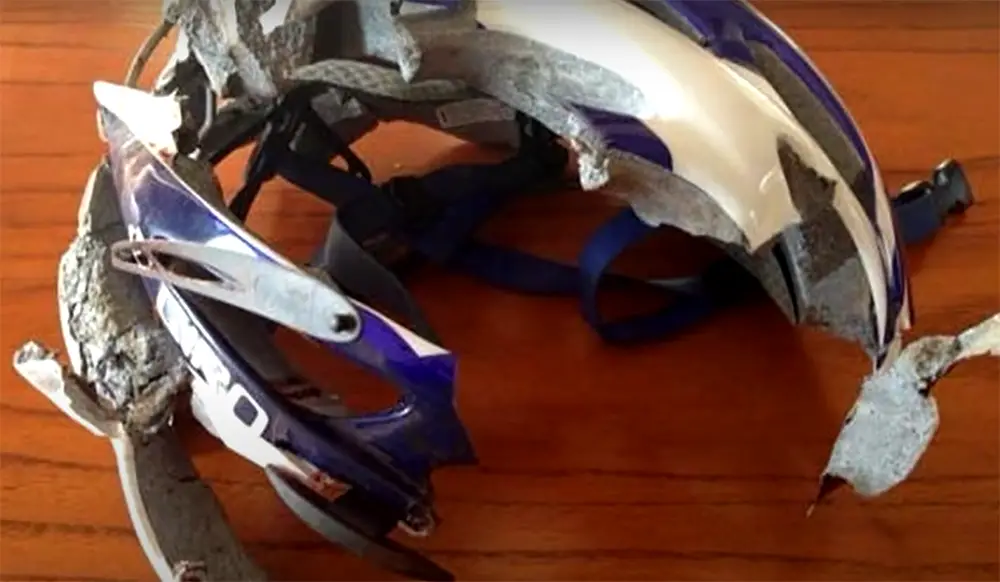
It is important to look at these signs because a damaged helmet can no longer protect you from the type of accident that it was designed for. If your bike helmet has been through an impact, then there is a chance that its protective capabilities have been diminished and need replacing as soon as possible – this goes for any damage caused by accidents with other objects such as skateboards or accidentally dropping the helmet.
Bad Fit
If the helmet is too loose or too tight, it’s not providing proper protection. If you can move your head around with no resistance and if there are gaps between your forehead and the front of the helmet, then it doesn’t fit properly. Helmets should also sit one to two finger widths above your eyebrow line for a secure fit.
Helmet preventative care
Clean It
First, get a good wash. Wipe your helmet with warm water and mild soap to remove any dirt or sweat. After that, dry the inside of it using paper towels to prevent bacteria growth. If you’re satisfied with how clean it is, use something like rubbing alcohol on a cotton ball in order to sanitize the inside of it.
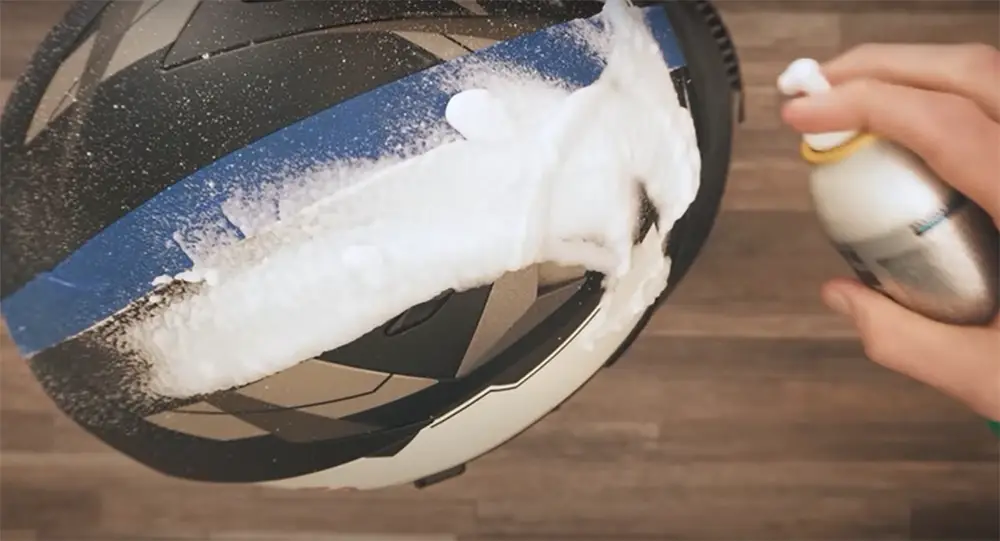
After this, inspect your helmet to see if there are any cracks or holes that need fixing and buy new pads and straps as necessary. If you’re not an expert at sewing, we suggest having a professional do the work for you since they usually know how to fix up helmets so they don’t lose their safety features.
Store It
After you’ve properly taken care of your helmet, make sure to put it away correctly. A good way to store a bike helmet is in an open-rack so the air can get around it and help dry out any sweat or moisture that might have built up during a ride. Also, avoid leaving helmets stored for long periods of time in a hot garage, as heat can damage the material inside.
FAQs
Do bike helmets degrade?
Yes, bike helmets do degrade over time! It’s important that you replace your helmet every three to five years if you ride regularly. If not, the materials inside will start to break down and lose their protective properties which render them useless in an accident.
Avoid buying a used or secondhand helmet since it may have been passed around already and the inside might not be in good condition.
Do bike helmets need to fit correctly?
Yes, it’s important that your helmet fits you well! Make sure that when it’s propped on top of your head, two inches above your eyebrows, it doesn’t rock back-and-forth or side-to-side. Also, when you shake your head back and forth it shouldn’t move too much either.
Another way to ensure a good fit is by putting on the helmet and making sure there are no pressure points so it won’t be uncomfortable during a ride. It might take some time for you to find one that fits perfectly but it’s well worth the effort.
Do bike helmets expire?
Yes, bike helmets expire! The materials inside degrade over time so it’s important to replace your helmet after three-to-five years. If you ride regularly the padding and straps will wear out as well which is a good sign that you need a new one.
It might be tempting to buy a used or second hand helmet since the price of new ones can be pretty steep, but make sure you inspect it first to see if there are any cracks or holes. A helmet with a hole is useless since the material inside won’t offer adequate protection in an accident.
Another way to tell if your old bike helmet has expired is by looking at its color which will likely start to fade.
How long do bicycle helmets last?
Bicycle helmets last about three to five years. Regular bike riders should replace their helmet every three-to-five years since the inside materials will start to break down and lose their protective properties. Keep in mind that if you ride regularly, your padding and straps might need replacement as well which is a good sign it’s time for a new one.
It’s also important to inspect your old helmet for any cracks or holes and avoid buying a used helmet since it might not offer adequate protection in an accident. If you’re looking at the color of the shell, you will notice that it starts to fade as well which is another sign that your bike helmet has expired.
What are signs my bike helmet is compromised?
Bicycle helmets are designed to absorb the force of an impact, protecting your head during a fall. When you wear out this protection by wearing through it or compromising its integrity with exposure to intense heat then any hits will damage your scalp and skull. Signs that indicate when it is time for a new helmet include: cracks in the foam lining after a fall, the outer shell being damaged from a crash or impact and any visible tears in the straps.
How much does a new bike helmet cost?
Bike helmets are quite expensive sports gear, no matter if it’s a new one or already worn. They can cost from $30 to $250 and higher. However, discounts and sales are often available, so it’s worth checking around for the best price. Additionally, some stores will allow you to trade in an old helmet for a new one, which can help lower the cost. Finally, many bike shops offer loyalty programs that give you discounts on gear and accessories, so it’s worth signing up for these if you’re a frequent shopper.
Why do bicycle helmets expire?
Bike helmets are designed to protect your head in the event of a fall or collision, and they do this by absorbing the impact of the force. Over time, the materials in the helmet will degrade and lose their ability to protect your head as effectively. Additionally, the fit of the helmet may change over time, which can also affect its safety. For these reasons, it’s important to replace your bike helmet every few years to ensure that it will still provide adequate protection in the event of an accident.
Should I replace my bike helmet after a crash?
Most people believe that a bike helmet should be replaced after any crash, but this is not always the case. If your helmet sustains minor damage in a fall or collision, it is usually still safe to use. However, if your helmet is visibly damaged or cracked, it should be replaced immediately. Additionally, if you hit your head while wearing your helmet, even if there is no visible damage, you should replace it as soon as possible. Helmets are designed to protect your head from one impact, so they will not offer the same level of protection after sustaining damage.
If you are unsure whether or not your helmet needs to be replaced, consult with the manufacturer or a certified bike mechanic. They will be able to help you assess the damage and determine if your helmet needs to be replaced. When in doubt, it is always better to err on the side of caution and replace your helmet after a crash. This will ensure that you are always properly protected while riding.
How long does a mountain bike helmet last?
A mountain bike helmet will typically last for about three to five years. This is assuming that it is properly cared for and stored when not in use. Furthermore, the helmet’s fit may alter over time, so consistently check it to ensure a proper fit. Immediately replace your helmet if you notice any damage, or if it no longer seems to fit snugly. While mountain bike helmets are designed to be durable and long-lasting, they will eventually need to be replaced. By following these guidelines, you can ensure that your helmet will provide adequate protection for as long as possible.
How much force does it take to crack a bike helmet?
The amount of force required to crack a bike helmet varies depending on the type of helmet and the materials used. For example, a full-face mountain bike helmet is designed to withstand more force than a road bike helmet. Additionally, helmets made with carbon fiber are typically stronger than those made with other materials.
In general, it takes a significant amount of force to crack a bike helmet. A fall from a moderate height or a collision with another object can easily generate enough force to cause damage to the helmet. For this reason, it’s important to always wear a helmet when cycling, even if you are just riding around your neighborhood. By wearing a helmet, you can protect your head in the event of an accident and reduce the risk of serious injury.
When should I replace my downhill helmet?
A downhill helmet should be replaced every two to three years, even if it has not been involved in a crash. The materials used in the helmet will degrade over time, which can affect its ability to protect your head in the event of an accident. Additionally, the fit of the helmet may change over time, so it’s important to check it regularly to make sure that it still fits properly. If you notice any damage to your helmet, or if it no longer seems to fit properly, replace it as soon as possible.
By following these guidelines, you can ensure that your downhill helmet will provide adequate protection for as long as possible. Additionally, wearing a well-fitting helmet can help reduce the risk of serious injury in the event of a crash.
When should I retire my MTB helmet?
This is a difficult question to answer, as it depends on many factors such as how often you ride, the type of terrain you ride on, and your personal preferences. Ultimately, it is up to you to decide when to retire your mountain bike helmet. However, there are a few things to keep in mind that may help you make your decision.
First and foremost, safety is the most important consideration when deciding whether or not to retire your mountain bike helmet. If you have been involved in a crash or any other incident where your helmet has sustained significant damage, it is time to replace it. Even if the damage is not visible, it is possible that the structural integrity of the helmet has been compromised and it may no longer provide adequate protection in the event of another crash.
In addition, mountain bike helmets are designed to protect your head from a single impact. Over time, the materials in the helmet may degrade and become less effective at absorbing energy from an impact. As a result, it is important to inspect your helmet regularly for signs of wear and tear and to replace it if necessary.
Finally, your personal preferences will also play a role in deciding when to retire your mountain bike helmet. If you find that you no longer feel comfortable wearing your current helmet, or if it no longer meets your needs, then it may be time to consider replacing it.
Is MIPS worth the extra money?
The answer to this question is difficult to say as it depends on personal preferences and budget. MIPS helmets tend to be more expensive than non-MIPS helmets, but they also offer additional protection against rotational forces. If you are looking for the best possible protection for your head, then a MIPS helmet may be worth the extra cost. However, if you are on a tight budget, then a non-MIPS helmet may be a better option. Ultimately, the decision of whether or not to purchase a MIPS helmet is up to you.
Which bike helmet is safest?
There is no definitive answer to this question as there are a variety of factors to consider when determining which bike helmet is safest. Some of these factors include the type of helmet, the fit of the helmet, and the level of protection the helmet offers.
Type of Helmet
There are two main types of helmets available on the market: full-face helmets and half-face helmets. Full-face helmets offer the most protection as they cover the entire head, including the face. Half-face helmets only cover the top half of the head and do not provide any protection for the face.
Fit of Helmet
It is important to make sure that the helmet fits properly in order to provide adequate protection. A poorly fitting helmet can actually do more harm than good. The helmet should fit snugly and not be too loose or too tight.
Level of Protection
The level of protection offered by a helmet depends on the materials used in its construction. Some helmets are made with multiple layers of foam which offer greater protection in the event of a fall or collision. Other helmets may only have a single layer of foam and provide less protection.
Ultimately, the best helmet is the one that provides the best fit and offers the most protection for your specific needs.
Do bike helmets really protect heads?
There is a lot of debate on whether or not bike helmets actually help protect riders’ heads during a fall. Some studies have shown that they can help reduce the risk of head injuries, while other studies have found no evidence that they offer any protection at all. However, most experts agree that bike helmets can significantly reduce the severity of head injuries if they are worn properly.
Are MIPS helmets reusable?
MIPS helmets are designed to be single-use only. This is because the MIPS liner is specifically designed to dissipate energy from an impact and it cannot be reused once it has been damaged. As a result, MIPS helmets must be replaced after each crash or incident where they have sustained significant damage.
Do all Giro helmets have MIPS?
Yes, almost every Giro model has MIPS. MIPS is integrated into the helmet liner and is not a separate piece. As a result, it cannot be removed from the helmet without damaging the helmet itself. Giro helmets are designed to meet or exceed safety standards set by various organizations, including the CPSC and ASTM. In addition, Giro helmets are regularly tested by independent third-party labs to ensure that they provide adequate protection in the event of a fall or collision.
Are bike helmets worth it?
There is no definitive answer to this question as it depends on a number of factors, such as the type of bike helmet, the rider’s personal risk tolerance, and the specific riding conditions. However, in general, bike helmets are considered to be effective at reducing the risk of head injuries in the event of a crash.
One study found that wearing a bike helmet can reduce the risk of head injury by up to 85%. Another study found that helmets reduced the risk of serious brain injury by 63%.
Of course, no helmet can completely protect against all possible injuries, but wearing one will significantly reduce the severity of head injuries in most cases. For this reason, many riders choose to wear a helmet even if it is not required by law.
Useful Video: How often should you replace your helmet?
Conclusion
Your bike helmet is a crucial part of your safety equipment. For this reason, you want to make sure that it fits properly and works as intended. Replacing your current bicycle helmet has many benefits: It will work for you even better than before with the new shape design. Moreover, it also meets all necessary standards and is perfectly safe on your head.
It is recommended that you replace your helmet every three to five years in order for it to work in its full capacity and keep you safe in case of an accident. After this period, the protection has not significantly deteriorated yet but there are some signs showing that it’s time for a replacement: The material starts deteriorating (e.g. the shell of your helmet loses its rigidity), the padding becomes dirty or damaged, you are not able to adjust it properly anymore.
Most importantly, after five years of use your bike helmet is most likely outgrown by an adult and thus can no longer protect you adequately. As a result, there’s every reason for concern that if you don’t replace it immediately you might sustain some head injuries in case of an accident.



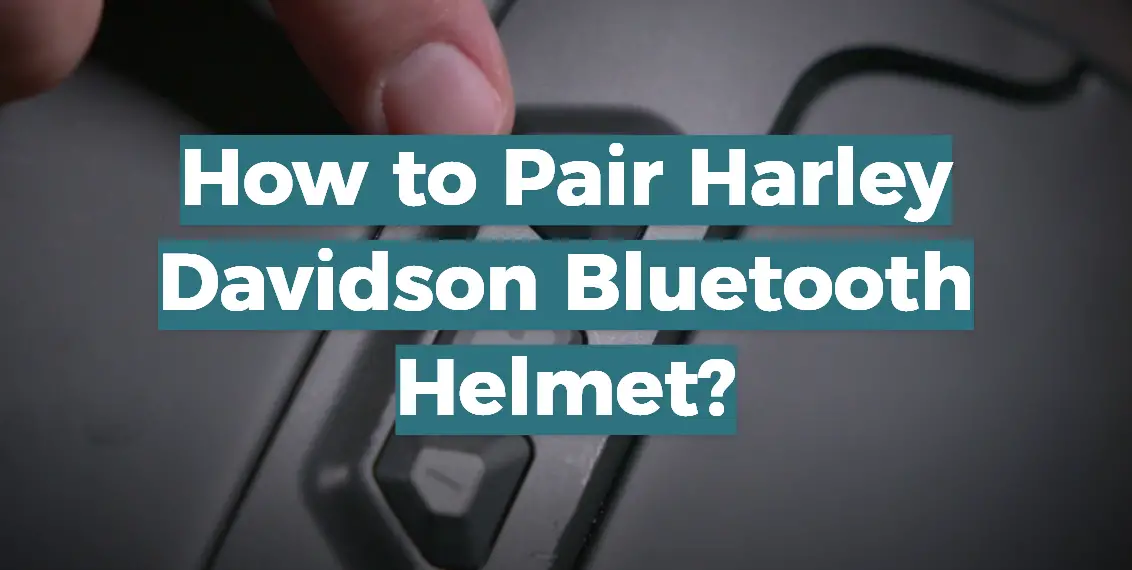
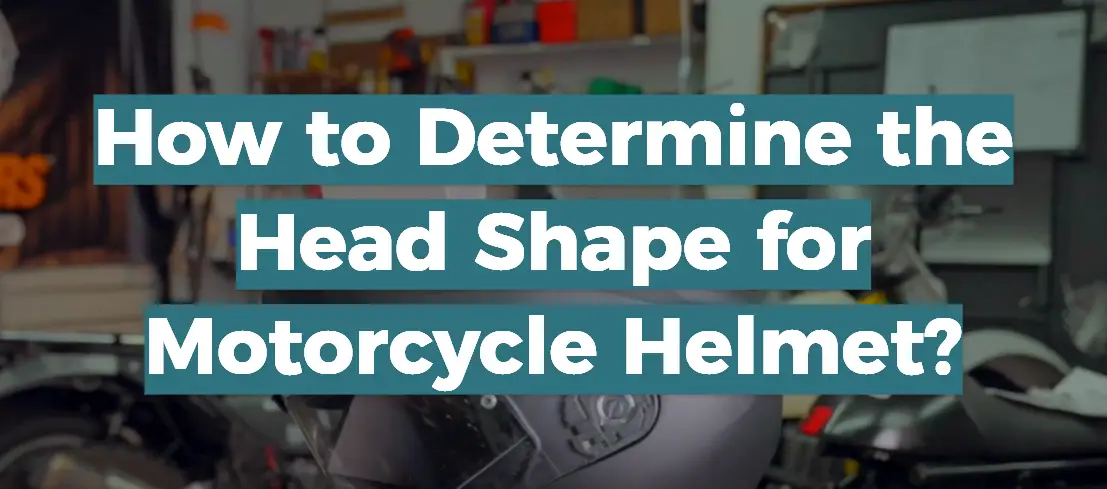
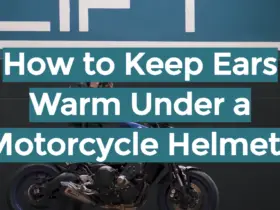
Leave a Reply